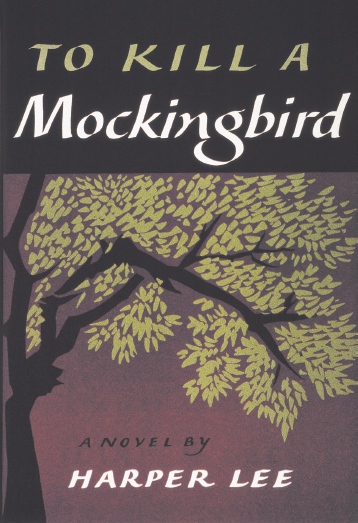Printed Page 53
MEDIA LITERACY

Case Study
Banned Books and “Family Values”
Ulysses by James Joyce, The Scarlet Letter by Nathaniel Hawthorne, Leaves of Grass by Walt Whitman, The Diary of a Young Girl by Anne Frank, Lolita by Vladimir Nabokov, and To Kill a Mockingbird by Harper Lee have all been banned by some U.S. community, school, or library at one time or another. In fact, the most censored book in U.S. history is Mark Twain’s The Adventures of Huckleberry Finn, the 1884 classic that still sells tens of thousands of copies each year. Often, the impulse behind calling for a book’s banishment is to protect children in the name of a community’s “family values.”
APPLYING THE CRITICAL PROCESS
DESCRIPTION Identify two contemporary books that have been challenged or banned in two separate communities. (Check the American Library Association Web site—www.ala.org—for information on the most frequently challenged and banned books, or use the LexisNexis database.) Describe the two communities involved and what sparked the challenges or bans.
ANALYSIS Look at the patterns that emerge: the main arguments for censoring a book, for defending these particular books, or for holding any middle-ground positions or unusual viewpoints raised in your book controversies.
INTERPRETATION Why did these issues arise, and what do you think are the actual reasons why people would challenge or ban a book? For example, can you tell if people seem genuinely concerned about protecting young readers, or are they really just personally offended by particular books?
EVALUATION Who do you think is right and wrong in these controversies? How are First Amendment protections of printed materials significant here?
ENGAGEMENT Contact your local library and ask what policies they have in place to respond to book challenges, and whether they observe the ALA’s annual Banned Books Week each September.